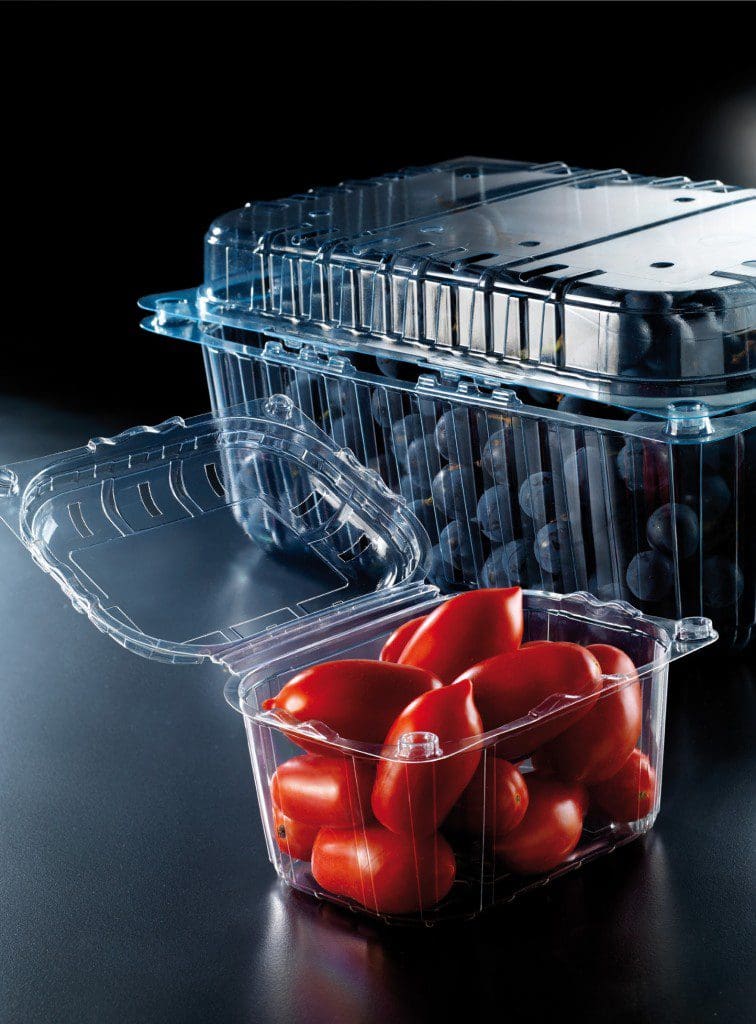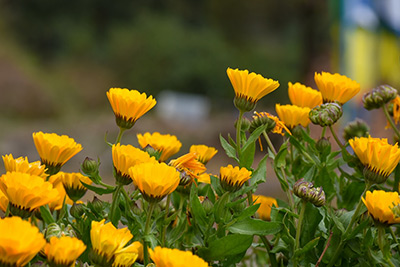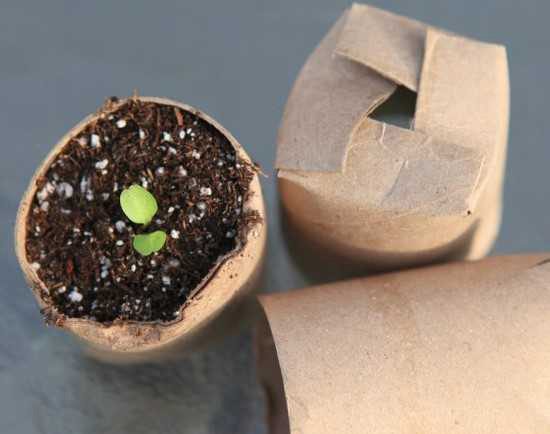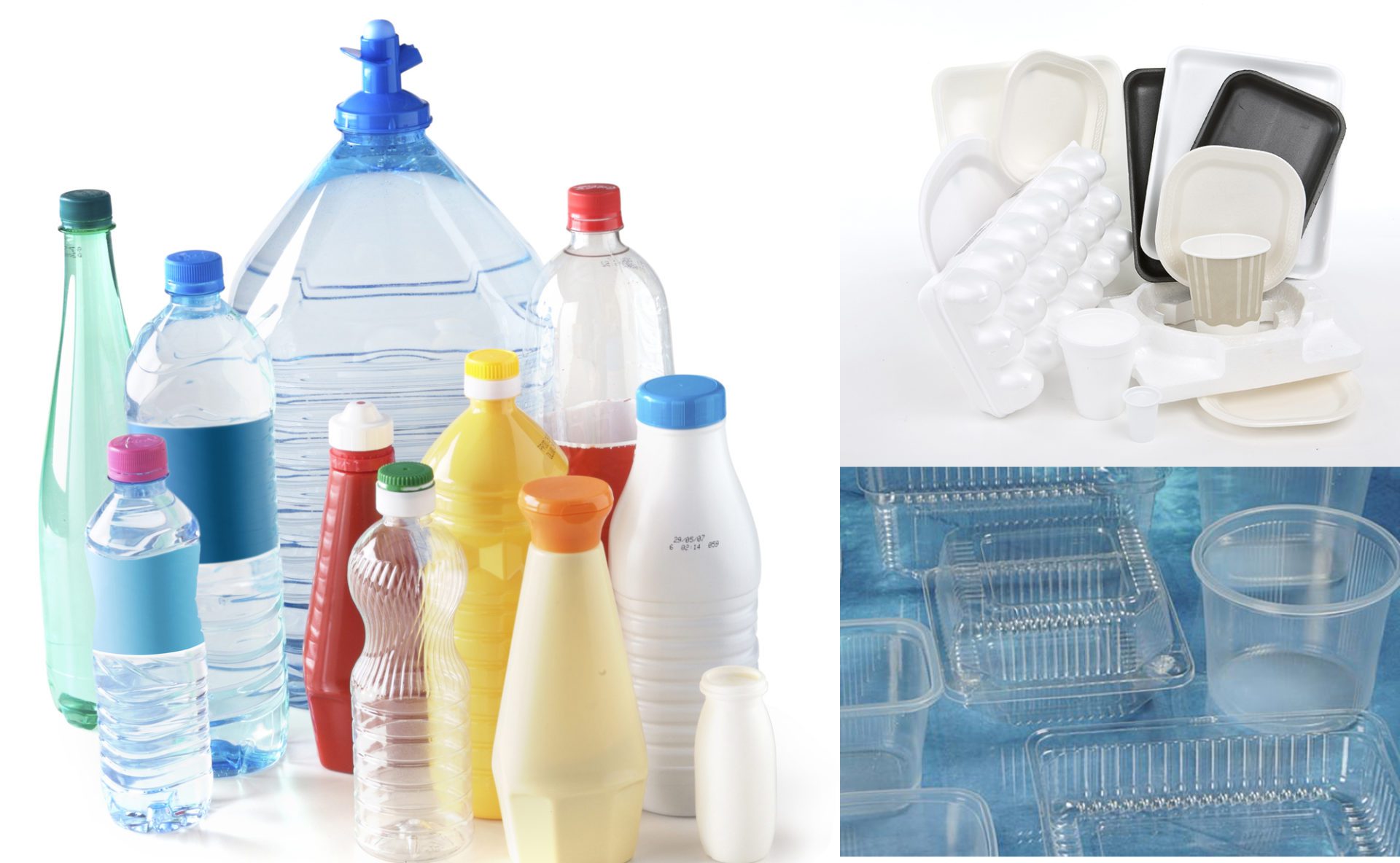
Create your own sowing material from your recycling bin
Create your own sowing material from your recycling bin
How do you make the seedlings yourself while recycling everyday objects?
Gardening and recycling go hand in hand. A little imagination, creativity and off you go for the sowing workshop. The seeds do not care about the appearance of the pots in which they grow. It is enough that it is the right size for the species that it is the right time to plant so that the temperature is good and that there is humidity.
Containers to accommodate seedlings:
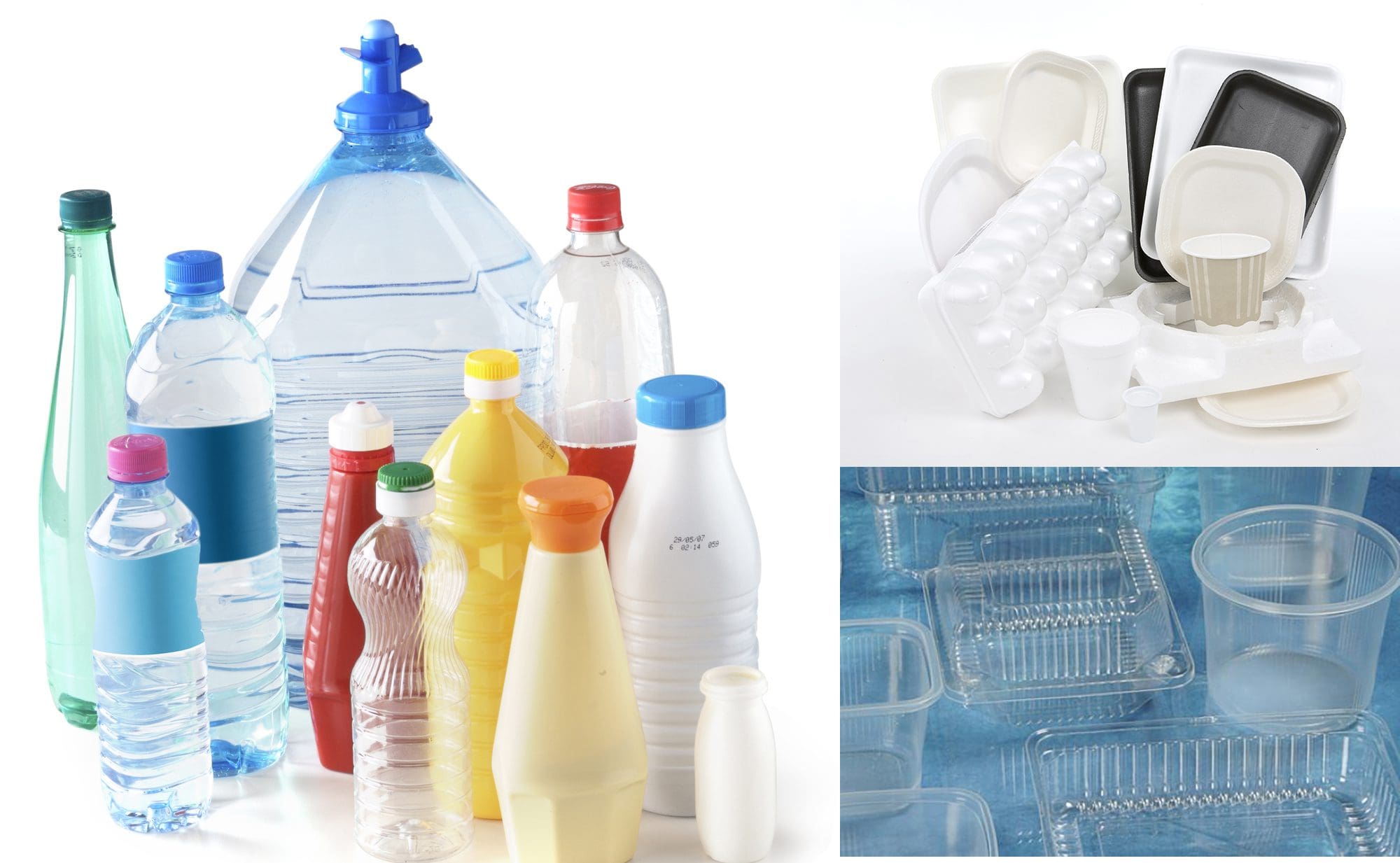
In plastic:
- polystyrene fish boxes,
- yogurt pots,
- cups,
- cans,
- egg cartons,
- transparent trays of pastries, meat or fruit,
- milk bottles.
It is important to wash the containers well with soapy water and white vinegar.
In paper or cardboard:
- rolls of toilet paper
- paper towel rolls
- newspaper
- coffee filter
Note: You can use your already used coffee filter. The remaining coffee grounds can be mixed with your potting soil. Coffee grounds are fertilizers.
Making pots with rolls of toilet paper or paper towels.
After rooting, as the cardboard is biodegradable, it is enough to put everything in the ground. It is silly but you had to think about it!
- Collect rolls of toilet paper or paper towels.
- Cut cylinders about 10 cm high.
- To make the bottom of the “pot”, with a pair of scissors, make 4 cuts of a few cm on one edge & fold the 4 edges and closed them like a carton.
- Then put your jars in a cardboard egg box which will be used to hold the small containers.
Turn a bottle into a watering can.
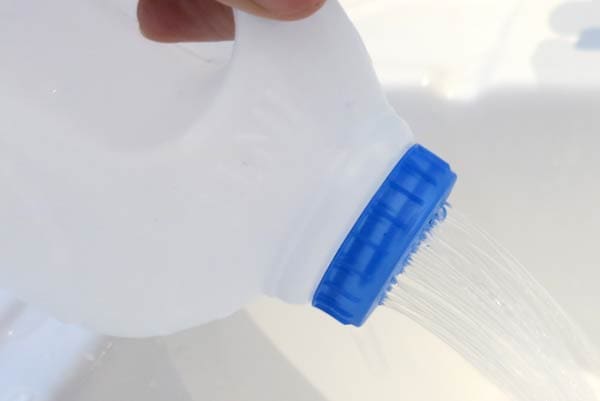
Materials required.
- Rummage through your recycling bin to find: a bottle of milk or at least a plastic bottle with a stopper and a handle.
- a pin or a sewing needle
- a candle
- matches
Instructions for turning a plastic bottle into a watering can.
Just prick holes in the cap: for this, use a heated needle and proceed outdoors because the operation gives off some vapours!
Heat the needle and stick into the cap. You can make a hole or two and then you must warm the needle.
The needle is covered with molten plastic, which leaves by rubbing it regularly on a tissue.
Depending on the needle, the holes will be more or less large.
At the end, you will need to cut a rectangle on the side of the handle of the bottle to fill the watering can and allow the water to flow.
Recycle a plastic bottle of milk in a scoop.
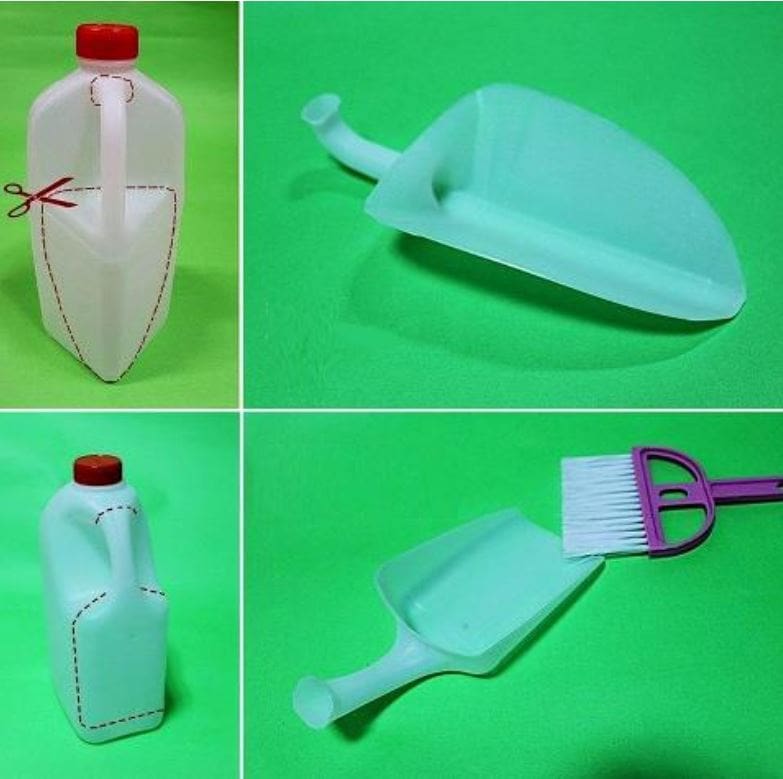
Instructions
Take a bottle of milk, wash it and dry it.
- Trace the contours of the shovel on the plastic. We see the lines on the following image, but it is not so easy! It is necessary to cut at the top of the handle then the side adjacent to the handle (the lines are more visible for this part)
- Cut with good scissors. That is all!
Labels to identify the name of the seedling of plants or vegetables:
- Make strips in plastic containers, strips of old plastic blinds, cork stoppers, clothespins or create wooden strips in crates:
- Cut strips of 10 cm by 3 cm and on one of the 2 ends cut a small point in order to plant this improvised label in the ground.
- Use a permanent ink pen to label.
For clothespins, just hang them on the edge of a pot or planter.
Bell or mini greenhouse to protect and keep your seedlings warm:
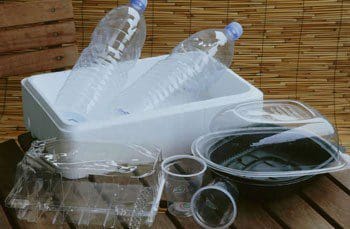
- keep warm your seedlings, it is best to put a bell over it.
- collect a plastic bottle that is cut in 2,
- keep the two parts that will serve as a bell for pots, pots or even sowing in the ground. We can then create bells of different sizes depending on the bottles found on the market (1 l, 1.5 l, 5 l).
In good weather, remove the plug to let the air pass.
Another solution: do not throw away your transparent trays or transparent plastic containers in which they sell fruits, pastries, vegetables, roast chicken, etc. They seem to have been designed specifically for gardeners, so much so that they are well suited for planting. The bottom serves as a tray, the top as a mini greenhouse.
